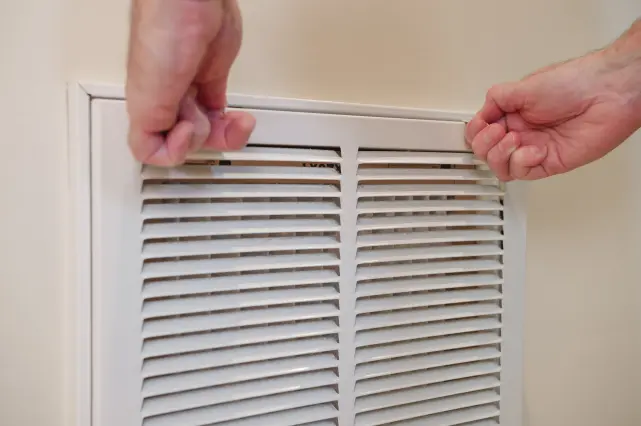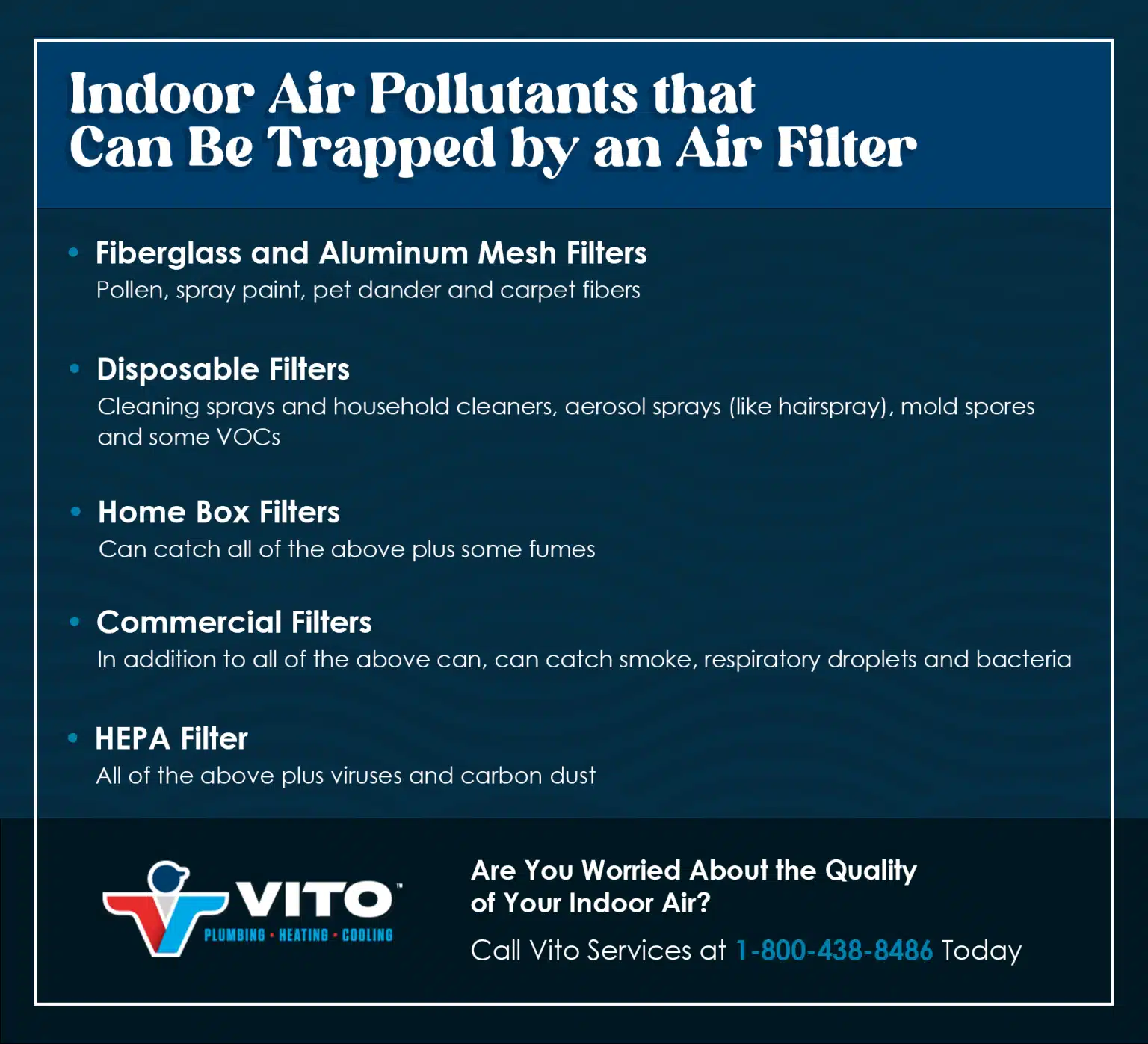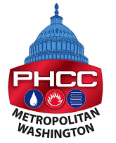
Some people may use the terms ductwork and vents interchangeably, but they are unique parts of your HVAC system. Vents are the outlet openings that may take the form of register, grilles or even diffusers (ceiling vents). Cooled or heated air is pushed through supply ductwork and out of vents, while return grilles allow air to be pulled from inside the home through return ductwork and back into the heating or cooling system for treatment, after which the air is again pushed out through supply vents.
You should clean your vents as often as necessary to ensure they don't collect dust. Ducts are large enough that they generally don't get entirely clogged with dust or debris, but the slats of vents can accumulate significant dust if they're never cleaned.
Keeping vents clean can also help improve indoor air quality since it prevents dust from getting blown into living spaces and reduces the amount of dust that's being sucked back into HVAC systems via returns and subsequently getting caught in filters.
Cleaning air vents is relatively easy. You might need a stepstool or even a ladder in the case of diffusers on ceilings but they're generally fairly small and don't take long to clean. Most homeowners won't need professional assistance to clean vents.

DIFFERENT TYPES OF VENTS IN A HOME
SUPPLY VENTS
These vents are responsible for distributing heated or cooled air from the HVAC system into living spaces. Supply vents are usually located on or near the floor, on the walls or occasionally on the ceiling depending on the specific ductwork configuration, the size and shape of rooms and the type of HVAC system in use. Bedrooms and bathrooms typically have vents on walls (often above doors) while large open rooms might need multiple ceiling vents (or diffusers) to evenly distribute conditioned air throughout the space.
Supply vents may have louvers or dampers that can be adjusted to control airflow.
RETURN VENTS
Return vents pull air from the living spaces back into the HVAC system, where it is filtered, heated or cooled and recirculated. This helps maintain a balanced airflow within a home, ensuring the HVAC system operates efficiently. Return vents are typically larger than supply vents and are often located on walls or ceilings in a more central part of the home (like in a hallway). Filters are often located just inside of return vents.
Return vents generally should have dampers or louvers because it's not pushing out air and it's important the return is able to maintain consistent airflow to the furnace or air conditioner. Constricting the air being sucked into a return vent can make HVAC systems work much harder, potentially leading to complete breakdowns or reduced system longevity.
DO DUCTS NEED TO BE CLEANED AS OFTEN AS VENTS?
Duct cleaning is one of those maintenance tasks that the average homeowner simply can't do because it requires specialized equipment and knowhow. It's also not a regularly needed maintenance requirement (unlike HVAC tune-ups or vehicle oil changes). Many homes can go 10 years or more without ever really needing duct cleaning (although this is debatable).
There are really two schools of thought on duct cleaning (both of which are defensible):
- Duct cleaning is only necessary when specific events or conditions justify the service
- Duct cleaning should be approached like routine maintenance (often in three-, five- or 10-year increments depending on who you ask)
Homeowners can make their own decisions on this topic – it is your IAQ and your money. What nearly all HVAC professionals agree on are the scenarios in which one-off duct cleaning is necessary.
SCENARIOS IN WHICH YOU SHOULD SCHEDULE AIR DUCT CLEANING
- Visible mold growth inside the ducts or on other components of the HVAC system
- Infestations of rodents or insects within the ductwork
- Excessive amounts of dust or debris in the ducts, causing particles to be released into the home from the supply registers
- Renovations or remodeling projects were recently performed
You might also want to consider regular duct cleaning every few years if your household is home to:
- Allergy sufferers or people with respiratory conditions
- Pets that shed
- Smokers
Poor indoor air quality can be a serious problem for people with particularly severe seasonal allergies or allergies to specific airborne contaminants that frequently make their way into homes. Cleaning ductwork can help ensure allergies aren't allowed to build up and be circulated in your home.
Not all pets shed excessively, but some are particularly notorious for the among of fur they leave behind. This can be a serious problem for HVAC efficiency, air filter health and the overall cleanliness of your home and air. Occasional duct cleaning may be a good idea.
Duct cleaning is also frequently recommended after mold remediation services have been performed. Mold spores can become trapped in ducts or vents and circulate throughout your home, potentially spreading them. If mold remediation has become necessary in your home, you might want to pair the service with duct cleaning to ensure the problem doesn't come back.
Certain types of home remodeling projects, like installing stone tiles or refinishing cabinets or flooring, can potentially generate a lot of saw or silica dust, both of which can be dangerous. Although most professionals who provide those services tape off vents and rooms to minimize the spread of the dust, it's likely some still managed to escape. Duct cleaning can help return your home back to its normal pristine state.
DO YOU HAVE QUESTIONS ABOUT VENT OR DUCT CLEANING?
If you have questions about duct or vent cleaning or just want to know how to improve your indoor air quality, the team at Vito Services can help. Call us at 301-315-6100 .








